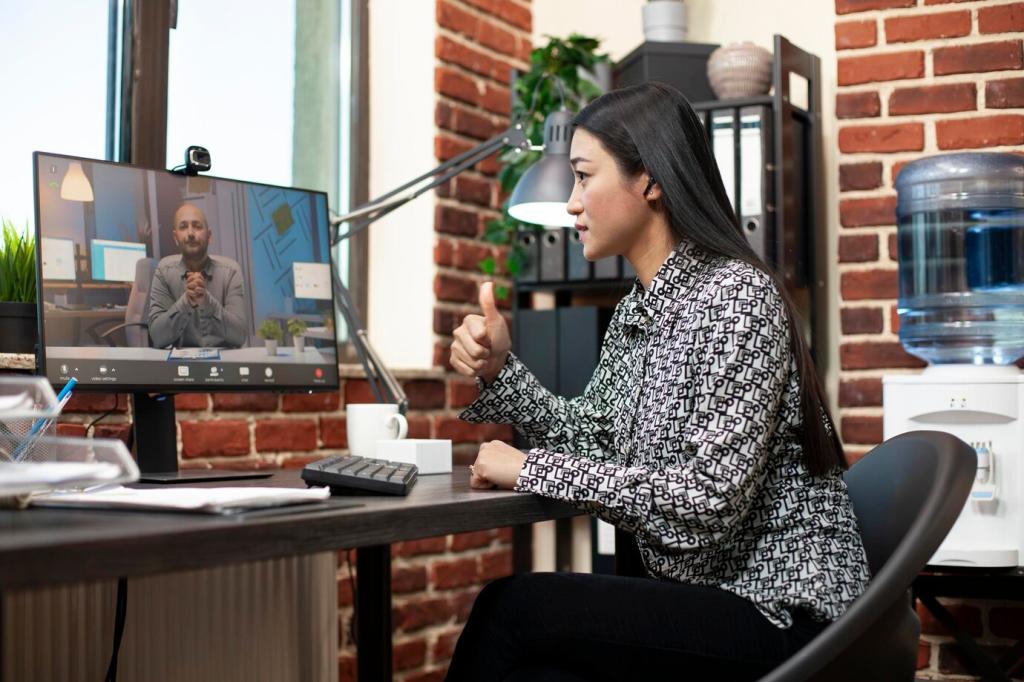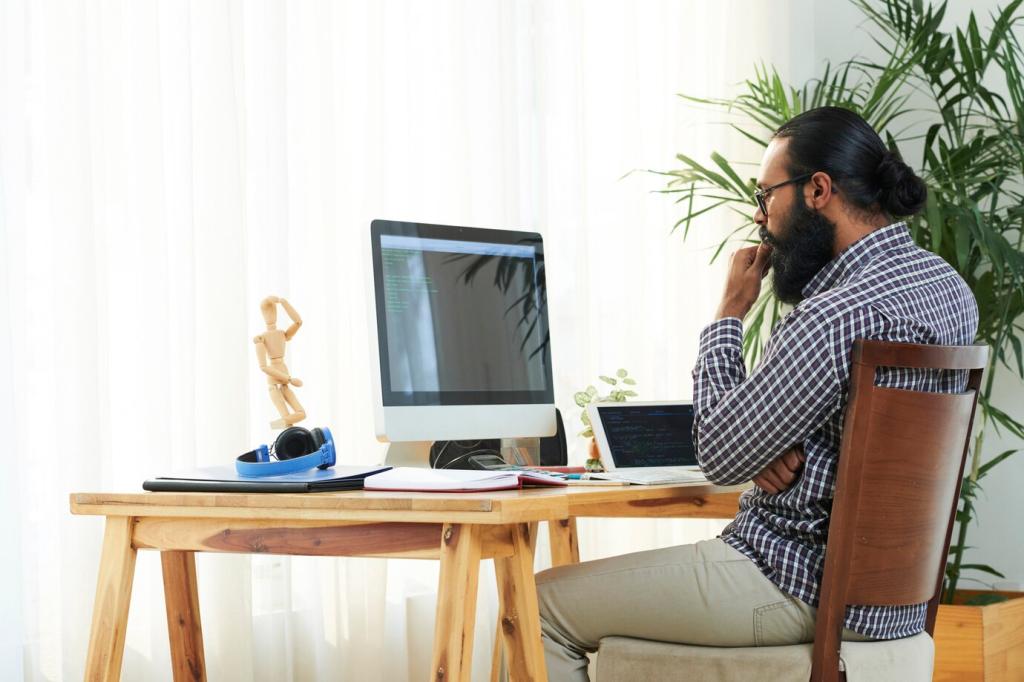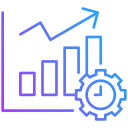Managing time effectively in a remote work environment presents unique challenges and opportunities. The absence of a traditional office structure can blur the boundaries between work and personal life, so remote professionals must be especially intentional about scheduling, prioritizing, and focusing on the right tasks. By leveraging the right tools and practicing proven techniques, remote workers can boost productivity, reduce stress, and strike a better balance between work and life. This page explores some of the most effective strategies and technologies for mastering time management while working remotely.

Calendar Applications
Calendar applications have become essential in managing daily workflows for remote workers. Platforms like Google Calendar or Outlook allow for seamless scheduling of meetings, setting event reminders, and synchronizing across devices. The ability to create color-coded events and set recurring schedules helps segment time for focused work, meetings, and personal breaks. Integration with project management and communication tools means your calendar remains updated with the latest changes, ensuring you never miss important commitments. Leveraging features such as time-zone adjustments and shared calendars also facilitates coordination with distributed teams, making collaboration across distances far more straightforward.

Task Management Software
Task management platforms, such as Trello, Asana, or Todoist, provide a centralized location for tracking and prioritizing work. These tools break large projects into smaller, manageable tasks with set deadlines, allowing remote workers to maintain clarity and direction throughout their day. Task lists and boards help visualize progress, making it simple to move items through stages or assign them to specific days. Notifications and daily summaries keep you accountable, reducing the risk of procrastination. By integrating with other productivity and communication tools, you ensure all project information remains accessible, streamlined, and up-to-date.

Automated Reminders and Time Blockers
Automated reminders and time-blocking tools function as personal assistants, proactively notifying you when to begin, pause, or conclude tasks. Apps like Focus Booster or RescueTime enable remote workers to schedule productivity sessions and enforce breaks, preventing burnout. These platforms often provide analytics about how time is spent, helping professionals identify distractions and inefficient patterns. Over time, this data supports the refinement of work habits and leads to greater self-awareness. By carving the day into blocks dedicated to specific activities and having automated systems enforce these blocks, remote employees can guard their attention and make more intentional use of their working hours.
Techniques for Prioritizing Workload
The Eisenhower Matrix, also known as the Urgent-Important Matrix, empowers remote workers to assess the value and urgency of their tasks critically. By categorizing activities into four quadrants—from ‘urgent and important’ to ‘neither urgent nor important’—professionals can decide what needs immediate attention, what can be scheduled later, what should be delegated, and what can be eliminated. This visual method of sorting tasks reduces overwhelm and sharpens focus on critical projects. When used consistently, it cultivates the discipline to avoid time-wasting activities and improves long-term productivity by ensuring that effort aligns with organizational and personal goals.


Strategies for Reducing Distractions
Remote professionals benefit enormously from creating a designated workspace that signals to themselves and others that they are “at work.” Whether it’s a separate room, a quiet corner, or simply a dedicated desk, physically distinguishing work areas helps to limit the encroachment of home distractions. Clear boundaries also provide a visual cue to family members or roommates, reducing interruptions. When you consistently reinforce these spatial separations, your mind associates the space with focused activity, which can increase productivity and make it easier to mentally “clock out” at the end of the day. Over time, this enhances work-life balance and reduces the cognitive strain of constantly switching contexts.
